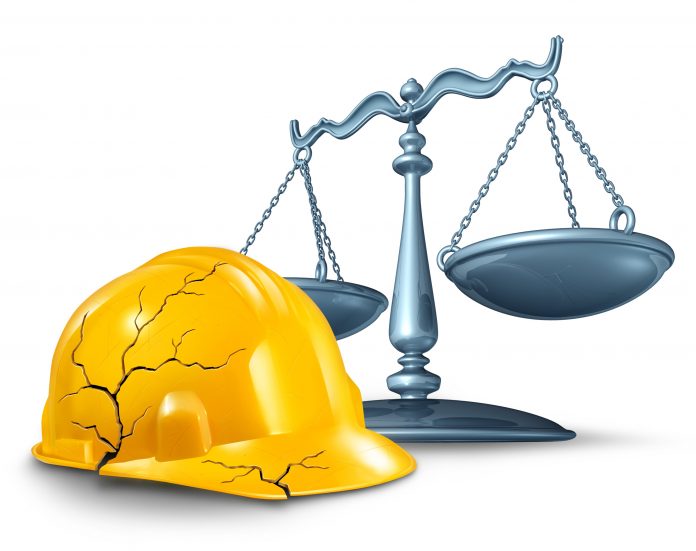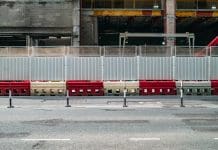Chief executive of The Vinden Partnership, Peter Vinden, discusses the insurance crisis in the construction industry and what this could mean for those in the sector in 2020
My firm’s head office and administration centre is based in Bolton. On Friday 15 November 2019 a fire at Urban Student Life – The Cube student accommodation in Bolton – was reported to the emergency services. The fire resulted in an immediate evacuation of all occupants. Miraculously nobody was killed or injured but the position could have been very different. Those of us who saw the television footage of cladding panels on fire were reminded again of the terrible events in London at Grenfell Tower. It seems that we have not been learning our lessons in more ways than one.
Indemnity insurance increases
In March of 2019, I wrote an article called “Grenfell Tower Fire – The Law of Unintended Consequences”. In that article, I predicted that professionals and contractors alike were facing crippling professional indemnity insurance increases as an indirect consequence of the claims made by parties affected by the Grenfell Tower fire. I hate to say I told you so but I am now hearing frightening stories of 200% and even 300% insurance premium increases for insured professionals and contractors, and that is if terms are being offered at all.
That is not the only bad news. Insurers are dictating that their clients cannot become involved in advising on buildings that need external cladding systems replacing. Insurers are fearful that buildings that are remediated will still be at risk and, in the event of a subsequent fire, those involved in advising on and implementing remedial schemes will face a subsequent round of claims from building owners and other stakeholders.
Some professionals and contractors are not able to procure insurance at all and are simply “throwing in the towel”. Here’s a prediction of things to come. Just watch the number of construction insolvencies rise in 2020 on the back of what is fast becoming an insurance crisis.
External cladding issues
So, where does this leave us as an industry and with those buildings that have external cladding issues? Well, my view is that we are fast reaching a point where buildings affected by external combustible cladding issues will become “untouchable”. I say this because experts are increasingly fearful that if they do become involved in diagnosing fire safety problems and then advise on measures to put these buildings right, they, in turn, will face the wrath of their insurers when the next year’s premium becomes payable and disclosure is made on the projects worked on in the previous year.
I think there could be an answer to this problem. Our industry needs a Latent Defects Policy that will insure the design, detailing and installation of remedial cladding works and offer watertight subrogation waivers against the professionals involved in advising on the replacement cladding systems. The problem is that such a policy of insurance is not currently available in the market place and, even if it was, the premiums payable could be quite prohibitive.
For me, the answer to this conundrum has to revert back to what is, arguably, the source of the Grenfell Tower problem, Central Government. This may be controversial but the relaxing of building regulations, the privatisation of the building control functions and the lack of clarity of coherent fire regulations has created the mess we now have to deal with.
This is not about politics. It doesn’t matter what policies by which political parties contributed to the position we are in today. The reality is that there are hundreds of occupied buildings up and down the country that have to be made safe, and sooner rather than later, before we have another “Grenfell” tragedy on our hands.
Government collaboration
Our Government has to work with professional bodies, building owners and insurers to come up with an insurance product that will allow remedial schemes to be effectively insured, to give confidence to owners, occupants and all stakeholders. This does not mean transferring liability to an insurance market that is already inundated with claims and will simply not tolerate further hits on top of those that it has already suffered so far. Central government will have to underwrite the cost of rectifying affected buildings and in protecting and insuring those that have the ability, skill and knowledge to put these buildings right.
Hello, our new Central Government, is anybody listening?
Peter Vinden
Chief Executive
The Vinden Partnership

















